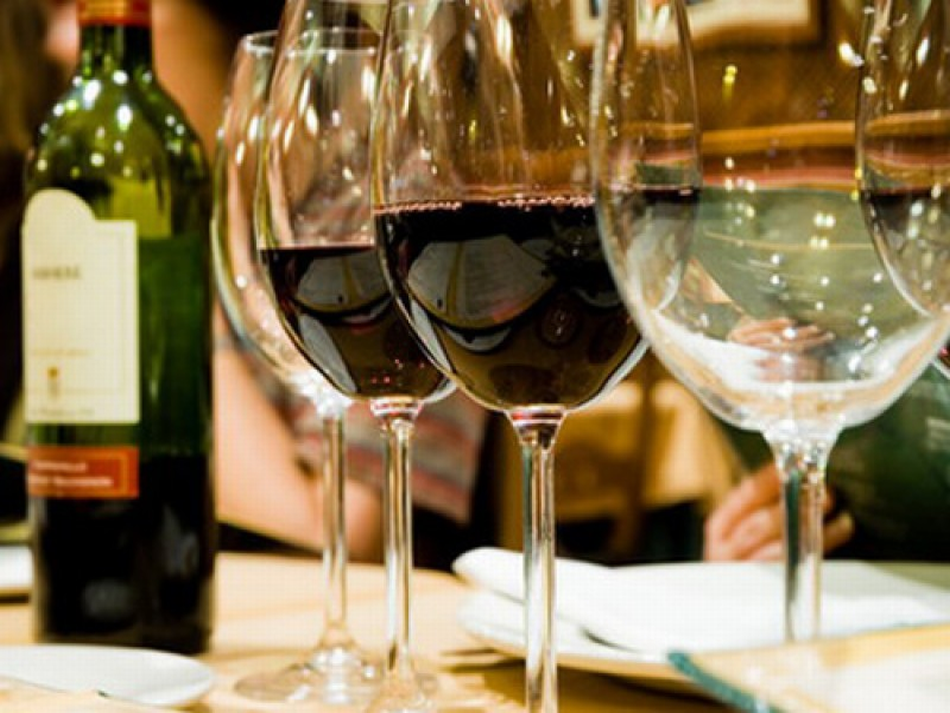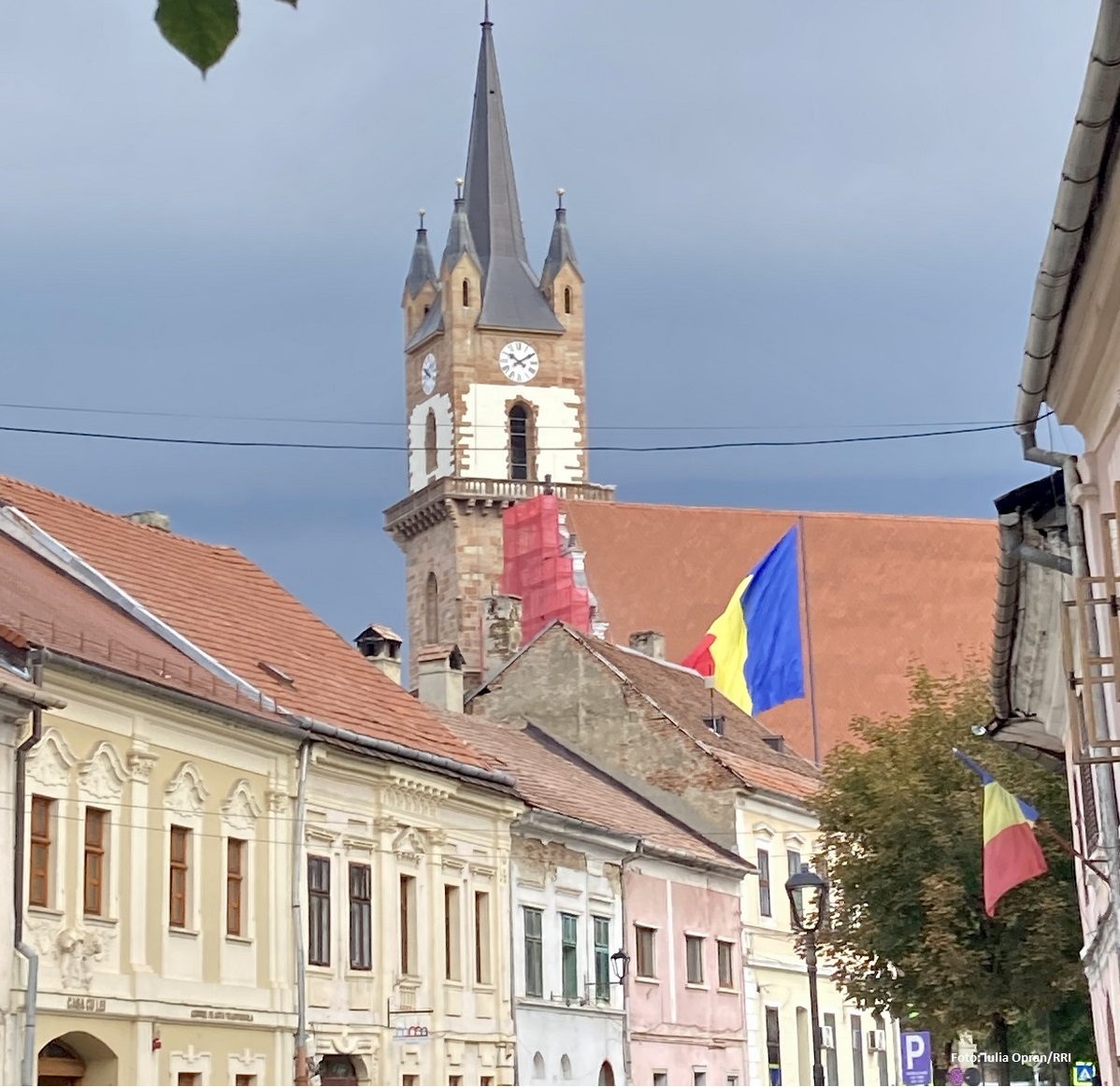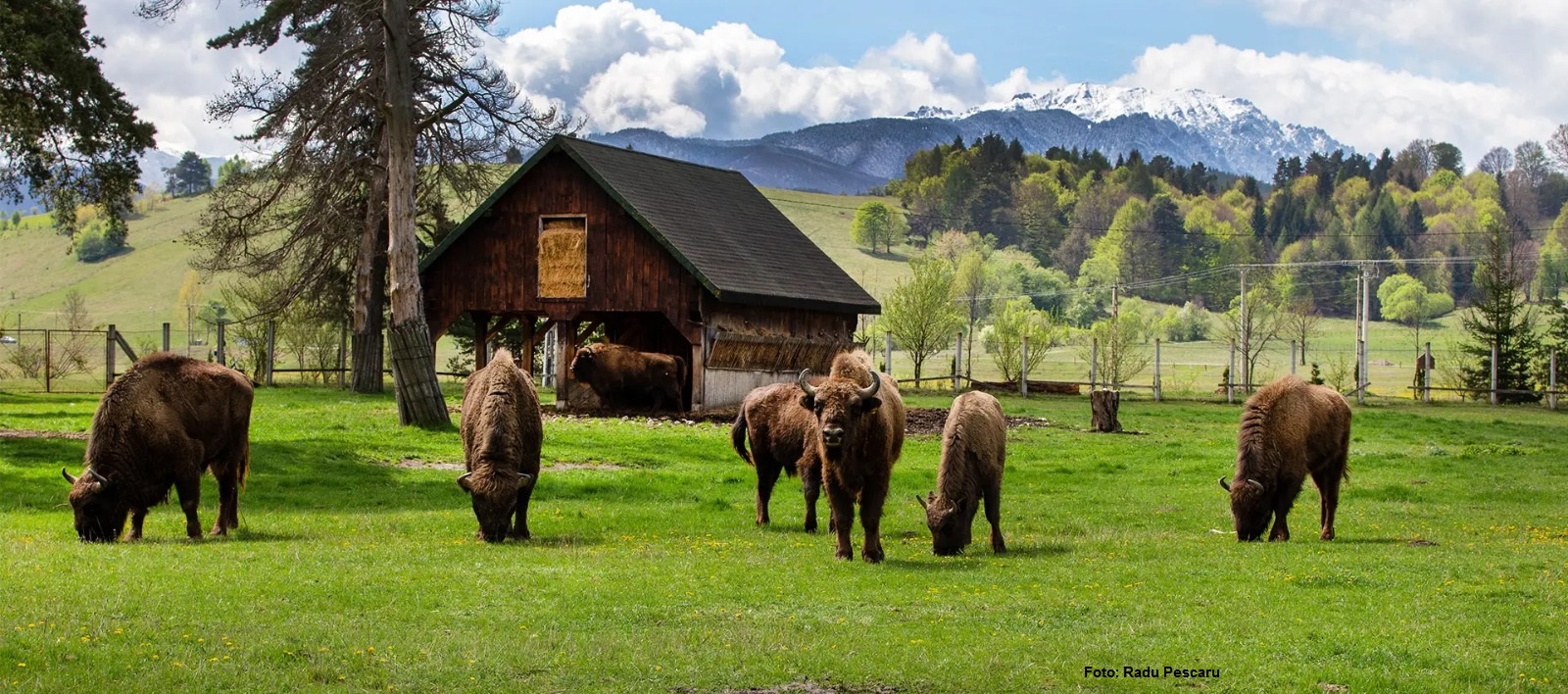Romanian vineyards
Romania ranks fifth in Europe in terms of vineyard surface and is one of the six biggest wine producers on the old continent. “Feteasca Regala is the most widespread wine variety, followed by “Merlot and “Feteasca Alba.

Daniel Onea, 05.11.2015, 14:38
All these wines are available in shops, as well as at the many wineries across the country that have special programmes for tourists. One of the most popular such programme is called the Wine Road.
Adrian Voican, the president of the Association for Tourism Promotion in Prahova, told us the Wine Road is a well-designed concept that entails many interesting tourist programmes: “Travelling as part of an organised group is perhaps the best way to do it. There are many travel agencies that organise half-day, one day and two-day trips to a winery. One such route starts in Bucharest and ends in Valea Calugareasca, Urlati, Ceptura and Tohani. This area is known as Dealu Mare and is the home of red wine in Romania. The trip also includes stops at various tourist sites, such as the Bellu Manor, Crama 1777 Museum and Varbila and Jercalai monasteries. The attractions of the trip, however, are the region’s wineries, including Basilescu, Urlateanu, Dealu Marie, Rotenberg and Budureasca, among others. There’s quite a lot of them. Many have been recently restored and employ wine specialists. ‘Feteasca Neagra’ is the queen of red wine in Prahova. ‘Merlot’ and ‘Cabernet’ are also produced in the area, as well as many other varieties of red, white and rose wines.”
The Bellu Manor, one of the tourist attractions along the Wine Road, used to belong to an aristocratic family of the same name, before being donated to the Romanian state, in 1926. Today a museum, it contains a collection of fine arts, decorative and ethnographic objects, as well as icons and weapons from the 18th and 19th centuries. The monasteries in Varbila and Jercalai were both built more than two centuries ago and have an interesting architecture. While Varbila’s architecture is typical of southern Romania, Jercalai has a tall spire made of wood and resembles church architecture in Transylvania.
Going back to the region’s wineries let’s find out more about their owners: “They are passionate people and most of them have given up successful businesses abroad to come to Romania. One of the wineries in Prahova, for example, is owned by an IT specialist who came from America and settled in Ceptura. He established here an atypical winery that does not use any kind of technology, but only natural methods based on gravity, as people used to do 100 years ago. Programs do not address mass tourism. Visitors usually come here in small groups, by car or by bicycle. The hills in the area are very beautiful. If you visit them in summer, spring or autumn the sensation is extraordinary. Cyclotourism has become very popular in recent years. If we combine gastronomic, oenologic and cyclo tourism we can obtain a unique, unforgettable experience. Visiting the place in autumn is wonderful, because tourists will not have to stay in a room to listen to stories about wine, but they will be invited to take a walk through the vineyards. Also, they will receive rubber boots and will go see by themselves how wine is being made. Spring is also a good time to come and visit.”
Foreign tourists are quite familiar with the Wine Road concept, says Adrian Voican, the president of the Association for Tourism Promotion in Prahova: “Probably the first thing that comes to mind is the wine road in Alsacia and its famous wine. There are some extraordinary hills in the Colmar area of Strasbourg and the climate there is similar to ours. Foreign tourists love Romanian authenticity, they love nature, the air and, of course, the wine. We have very good wine experts who have produced great Romanian wine over the past few years. If we go to certain wine cellars and we see the special attention that is paid to the wine labs there we will realize how seriously these people take their job. The outcome is not only a tasty, popular wine, but a noble and scientifically-made wine. In Romania people are highly interested in the Wine Road and I can assure you that both experts and simple visitors will have a wonderful time here.”
George Tiganus is the manager of a wine cellar in Urechesti, which promotes itself on the market as producing one of the best wines in the Vrancea area: “Our winery was opened in 2004 and can produce 250,000 litres of wine. We offer eight varieties of wine: ‘Merlot’, ‘Muscat Otonel’, ‘Cabernet Sauvignon’, ‘Feteasca Regala’, ‘Riesling’ and ‘Sarba’. We also have a tasting room in Urechesti, a restaurant and a leisure area. Tourists can visit us every day of the week. They can even spend several days here, because they can easily find accommodation in the area. We also have traditional parties specific of the Vrancea area, with dancing and other activities such as wine tasting, presentation and visits to the vineyard. Whoever comes to us and sees our products, the landscape and traditions, understands that everything we have is authentic. We have some huge wine barrels that we don’t use anymore and which now serve as kitchen tables. We also have a special room for children and our own garden.”
If you’re lucky enough, when you visit the area you can also take part in various festivals and traditional music shows.






























